

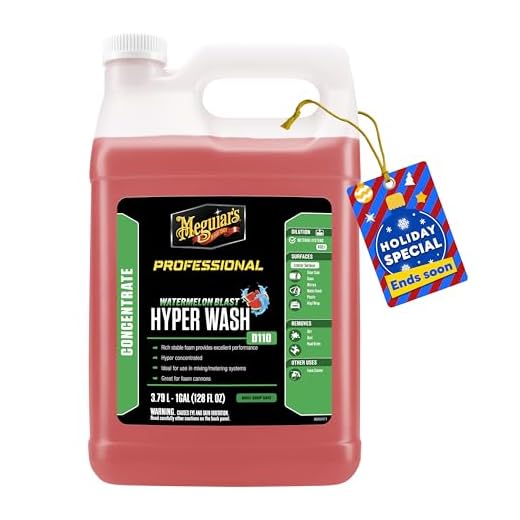

For optimal results, I recommend diluting cleaning liquids at the specified ratio indicated on the product label prior to application. Proper mixing is imperative for enhancing cleaning efficiency without causing damage to surfaces. Detergent should never be applied in concentrated form, as this can lead to residues and irreversible surface harm.
The incorporation of cleaning agents into the high-pressure stream is facilitated through an integrated system within the machine. Typically, these units feature a detergent tank where the fluid is drawn and mixed with the main flow. This process ensures a uniform dispersion of the solution across the designated area, effectively targeting stubborn stains and dirt.
Additionally, utilising the correct nozzle tip is crucial. A wider fan spray pattern is advisable for areas needing detergent application, as it distributes the mixture evenly over vast surfaces. For heightened effectiveness, allow the solution to dwell for a few minutes post-application to maximise penetration and break down grime.
Regular maintenance of the equipment’s mixing and delivery components guarantees a consistent performance. Always ensure that the dilution ratios and nozzle settings are adhered to for achieving the best cleaning outcomes, while prolonging the lifespan of both the machine and the surfaces being cleaned.
Understanding the detergent injection system in pressure washers
For optimal cleaning results, selecting the right injection mechanism is crucial. There are typically two designs: low-pressure soap injection and high-pressure soap injection. The former integrates a siphon to draw in the cleaning agent, utilising a nozzle that maintains lower psi, ensuring the mixture is applied gently. This method is effective for delicate surfaces. The latter, on the other hand, uses a dedicated pump that creates a mixture directly within the machine, delivering a concentrated spray that can tackle tougher grime.
Types of Detergent Injection
When incorporating a cleaning solution, consider whether your device features an onboard tank or requires a separate mixing system. An onboard tank allows for hassle-free operation, where users can simply fill the reservoir. However, some models allow for adjustable mixing ratios, enhancing versatility for various cleaning tasks. Whether tackling driveways or vehicle exteriors, selecting the right concentration ensures efficient dirt removal.
Maintenance Recommendations
Regular upkeep of the injection system is essential. Rinse the detergent lines after each use to prevent clogging and ensure a consistent flow. Inspecting nozzles and filters periodically can prevent blockages that might diminish performance. Keeping the detergent tank clean and free from sediment contributes to the overall longevity of the equipment and maintains its effectiveness during operation.
Types of Detergents Suitable for High-Pressure Cleaning
For optimal results, select specially formulated cleaning agents that suit various surfaces and tasks. Here are several categories I recommend based on my extensive experience in the cleaning equipment industry.
1. Alkaline Cleaners
Ideal for removing grease, oil, and grime, alkaline cleaners work exceptionally well on surfaces like concrete and metal. Their strong cleaning power effectively breaks down tough stains. Look for products containing sodium hydroxide or potassium hydroxide for maximum efficacy.
2. Acidic Cleaners
Suitable for outdoor surfaces, acidic solutions excel at tackling rust, mineral deposits, and hard water stains. Products containing phosphoric acid or hydrochloric acid are particularly effective on brickwork or stone surfaces. Use these with caution, as they can damage certain materials.
3. Biodegradable Detergents
For eco-conscious users, biodegradable options are available that minimise environmental impact while delivering robust cleaning results. These detergents often utilise plant-derived ingredients to break down dirt and grime effectively without harming surrounding flora.
4. Wax-Based Cleaners
After achieving cleanliness, consider using wax-based solutions to protect surfaces. They provide a layer of protection against dirt and UV rays, making future cleaning easier. Ideal for vehicles and outdoor furniture, they enhance appearance while offering a protective barrier.
Always check compatibility with your equipment and surfaces before use. Following instructions ensures the best performance and longevity of both the cleaning agents and the machines.
Testing various products will help you discover what works best for your specific needs. Your choice of cleaning agents greatly influences outcomes in high-pressure applications.
Choosing the Right Dilution Ratio for Your Detergent
The ideal dilution ratio depends on the cleaning task at hand and the specific formulation of the cleaner. Start by reviewing the manufacturer’s instructions on the detergent packaging; these often provide valuable guidance tailored to each product.
For general cleaning, a dilution ratio of 1:10 is common, meaning one part cleaner to ten parts liquid. This concentration works well for most household chores like removing grime from patios or driveways. For tougher stains, increase the concentration to about 1:5, which may be necessary for oil stains or thick mildew.
Always test the mixture on a small, inconspicuous area before applying it broadly. This helps ensure compatibility with the surface and prevents damage. If the surface maintains its integrity, proceed with the diluted solution.
Adjust your ratio based on the efficiency of the cleaner. Some formulas are heavily concentrated, while others might be designed for lighter use. My experience indicates that more concentrated detergents often require less ratio adjustment, as they are formulated to tackle challenging stains effectively.
Lastly, consider environmental factors such as temperature and surface type while determining the dilution. Hotter climates may demand more concentrated solutions, whereas delicate surfaces like wood might require a gentler touch. Be mindful of these aspects to optimise performance and safeguard surfaces during the cleaning process.
Steps to Properly Add Detergent to Your Pressure Cleaning Unit
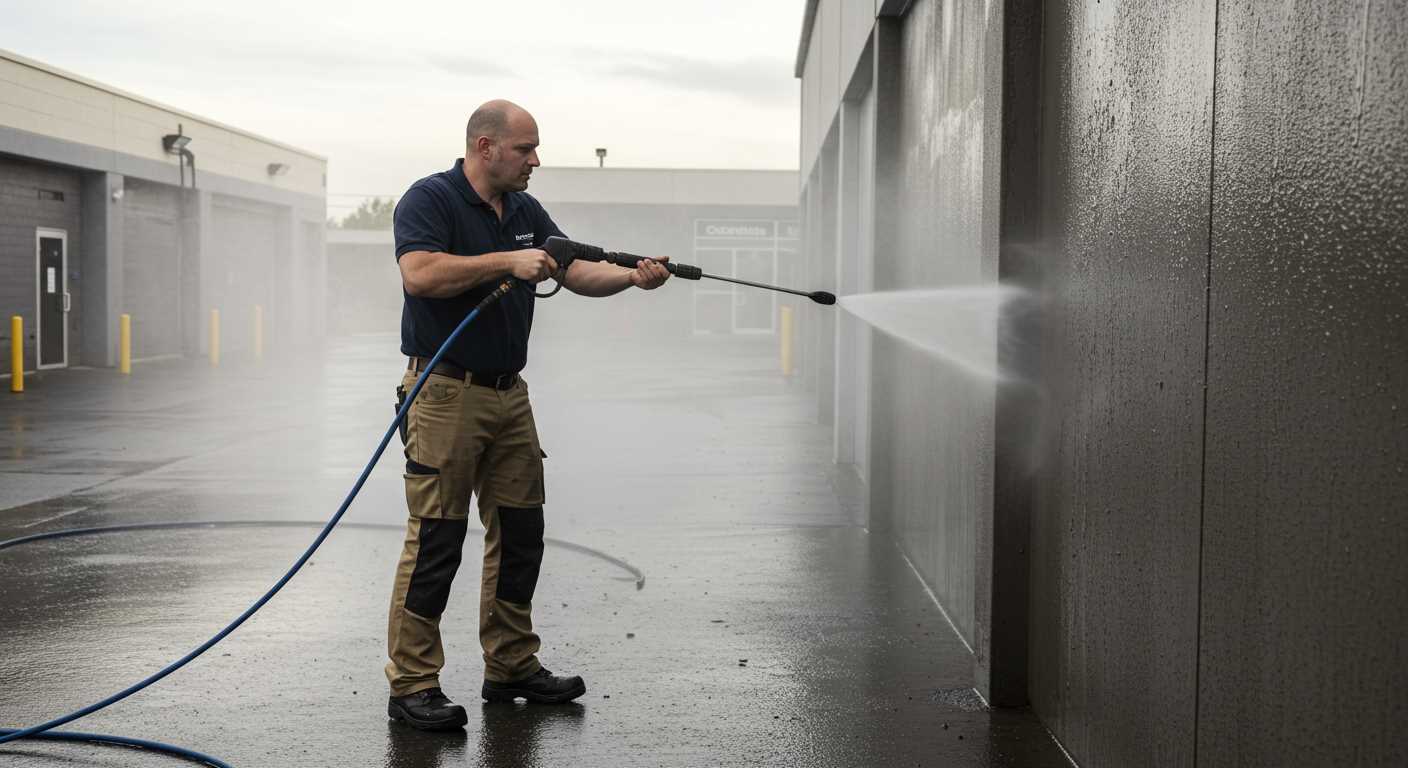
Fill the detergent tank with the appropriate cleaning solution, ensuring it matches the type specified for the device. If your equipment lacks an integrated tank, prepare a separate container for the mixture.
Adjust the nozzle to a low-pressure setting. This setting facilitates proper mixing of the cleaning agent without too much force, which can result in overspray or ineffective application.
Start the engine and allow it to reach optimal performance. Engage the trigger to release any air trapped inside the system before introducing the cleaning fluid. This action prevents unwanted interruptions while dispensing the solution.
Once the system stabilises, activate the detergent function, if applicable. Depending on the model, this may involve flipping a switch or adjusting a dial designated for detergent application.
Carefully introduce the cleaning fluid into the system. Maintain steady pressure and watch for even flow. If a siphon system is present, check that the siphon tube is submerged in the cleaning solution without air bubbles.
Monitor the application. If the flow seems inconsistent, periodically check connections and ensure no clogs exist in the lines. If issues arise, pause to address them before proceeding.
After applying the cleaning solution, change back to the high-pressure nozzle to rinse thoroughly. This switch ensures that the surface is properly cleaned without residues left from the detergent.
| Step | Action |
|---|---|
| 1 | Fill the detergent tank or container with the selected cleaning solution. |
| 2 | Adjust the nozzle to low-pressure. |
| 3 | Start the engine and stabilise the system. |
| 4 | Activate the detergent function if available. |
| 5 | Introduce the cleaning solution, watching for an even flow. |
| 6 | Monitor for consistency and address any issues. |
| 7 | Switch to high-pressure for rinsing to remove residues. |
Common mistakes when using detergents in pressure cleaners
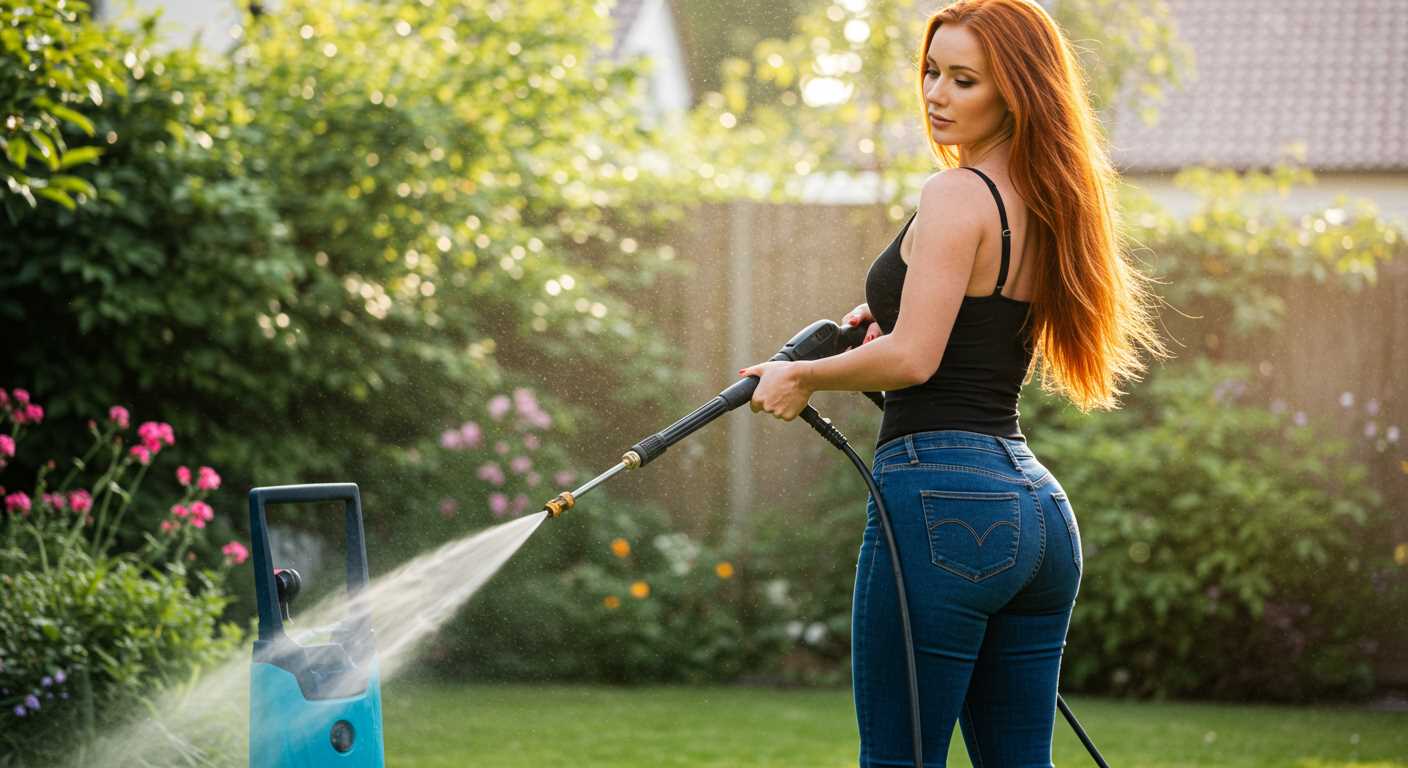
One of the most frequent errors is using the wrong type of cleaner. Always check compatibility with your model; not all formulations work effectively with every unit. This can lead to subpar results or even damage the equipment.
Another pitfall involves neglecting the dilution ratios. Over-concentrating the solution might sound more effective, but it can damage surfaces and lead to streaking. Follow the manufacturer’s guidelines for proper mixing.
Mixing different brands or types of solutions is also a mistake. Combining them can create harmful reactions or reduce their effectiveness. Stick to one brand if possible.
People often forget to clean the detergent tank and lines after use. Residue can cause blockages or degradation in the system. Rinsing the components with clean water after each session is essential for maintaining performance.
I’ve observed that many users leave the solution in the tank between uses. This not only compromises the quality but also promotes bacterial growth, which can affect the next washing experience. It’s best to empty the tank post-usage.
Lastly, applying detergent on hot surfaces or under direct sunlight is common but counterproductive. The heat can cause the cleaner to dry before it has a chance to work effectively, leaving behind residues that are harder to remove.
Testing the mixture: How to ensure proper blending
To guarantee optimal mixing of cleaning solution and liquid, perform a visual inspection of the outflow. Aim for a consistent, uniform stream. If separation appears, adjust the concentration until you achieve a homogenous output.
Key Steps for Effective Testing
- Use a clear container to capture the output during the test. Observing the solution against a background will aid in identifying gradients or layering.
- Conduct a spray pattern test at various distances. An ideal mix should display a consistent spray without streaks or patches indicating improper mixing.
- Periodically test the mixture throughout your work session, especially after changes in detergent type or concentration. This ensures uniform effectiveness.
Common Indicators of Improper Mixing
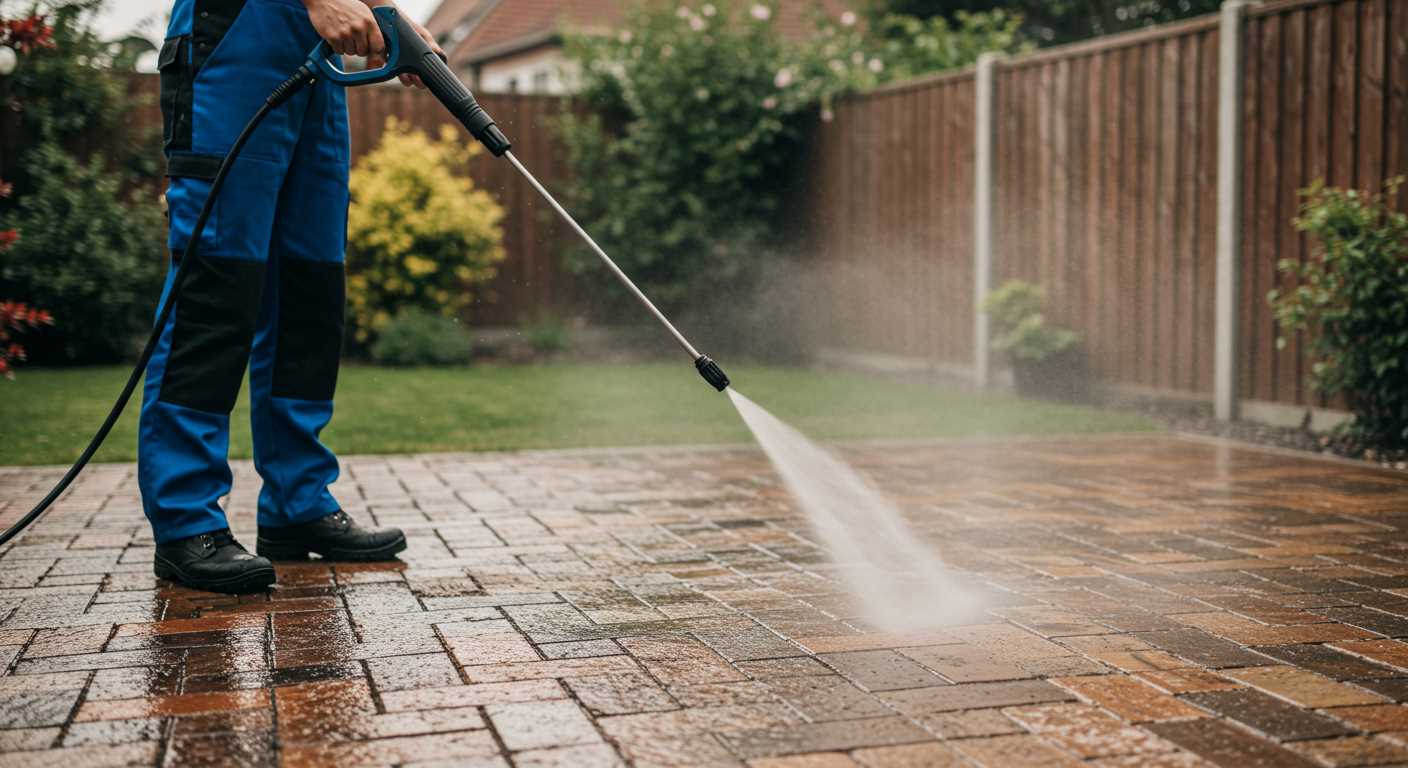
- Foam accumulation: Excess foam can suggest inadequate integration of the solution.
- Debris residue: If dirt remains stubbornly attached, it signals that the solution is not effectively engaging with contaminants.
- Uneven surface coverage: Inconsistent application can highlight blending issues.
Keep track of results and make amendments accordingly. This practical approach will ensure superior cleaning outcomes each time, utilising the right components in the right ratios.
Maintaining Your Equipment After Using Chemicals
Flush the system thoroughly with clean liquid immediately after utilizing cleaning solutions. This prevents residues from clogging nozzles and damaging components. Run the equipment for at least five minutes to ensure all remnants are expelled.
Cleaning the Detergent Tank
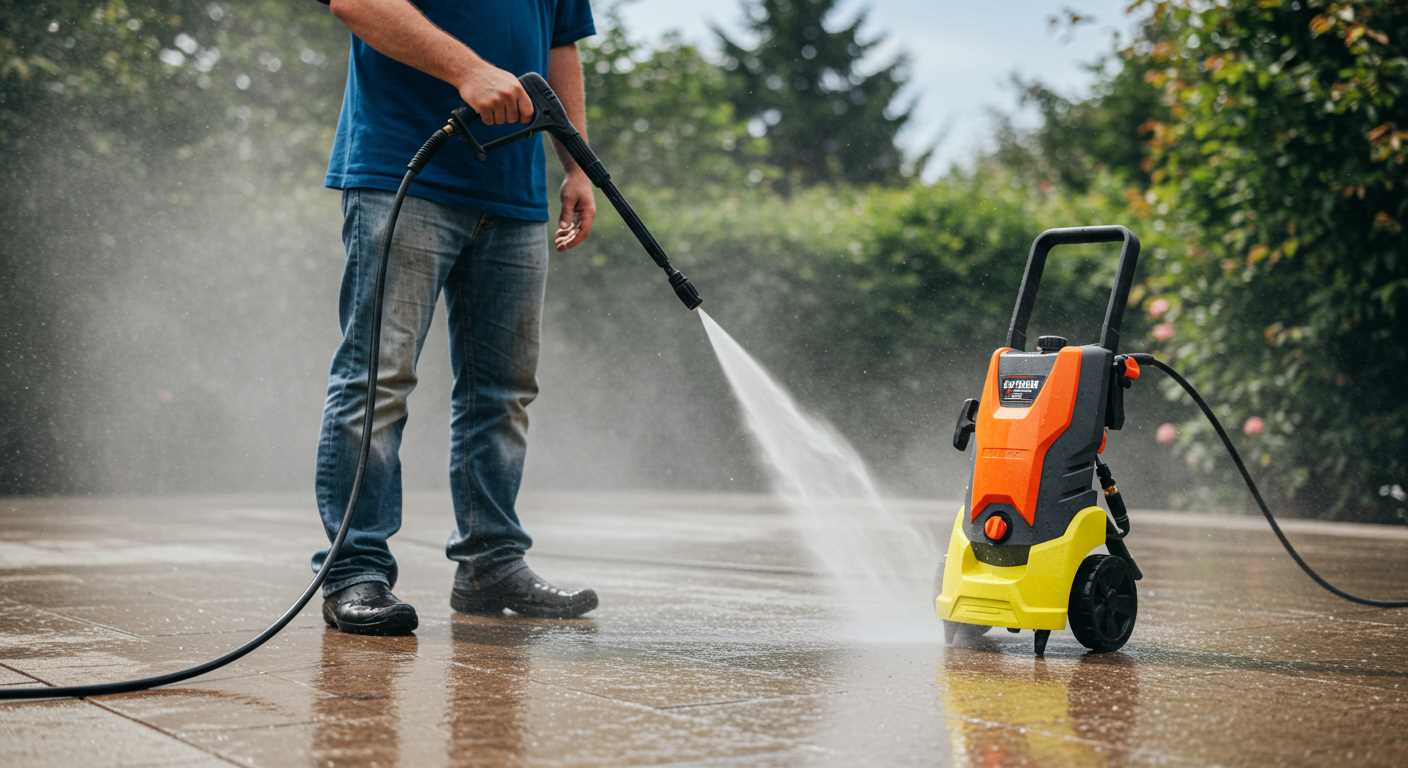
After rinsing the system, drain the detergent reservoir completely. Rinse it out with fresh liquid to eradicate any remaining solution. If your model permits, dismantle the tank for a more thorough cleaning using warm soapy liquid and a soft cloth. Avoid abrasive materials that could scratch the surface.
Inspecting Components for Damage
Check hoses, nozzles, and fittings for any signs of wear or corrosion. Ensure that seals and gaskets are intact; chemical exposure can cause deterioration. Replace any damaged parts promptly to maintain optimal performance and avoid leaks.
Environmental considerations when using detergents in pressure cleaning
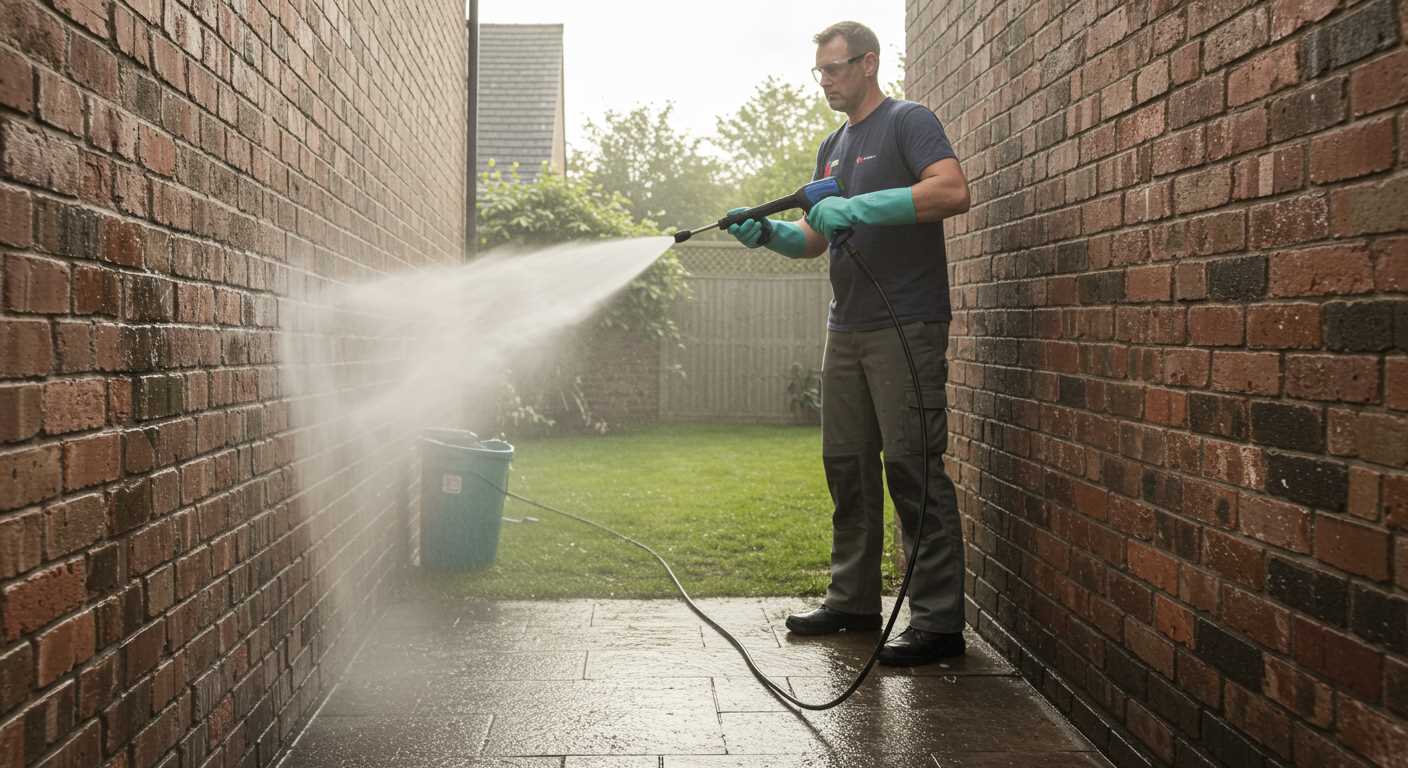
Always opt for eco-friendly cleaning agents that are biodegradable. These products break down naturally and are less harmful to the surrounding ecosystem.
Rinse surfaces before applying any product to minimise chemical runoff. This simple step reduces the concentration of detergents entering storm drains and waterways.
Utilising Correct Dilution Ratios
- Follow manufacturer instructions for dilution to prevent excessive chemical discharge.
- Use only the recommended amount of detergent to achieve desired results without compromising the environment.
Wastewater Management
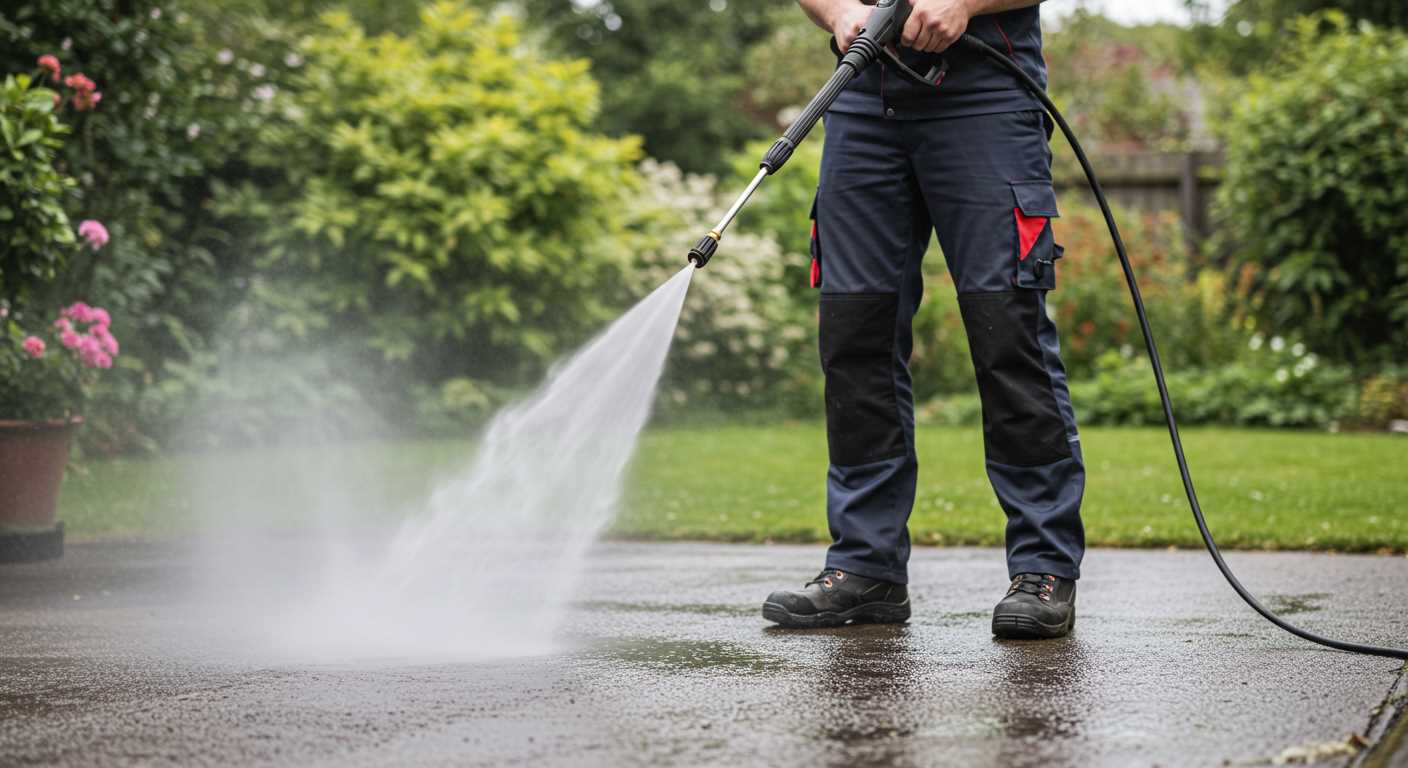
Collect wastewater when possible to prevent it from entering untreated drains. Using a containment system protects local water sources from contamination.
- Consider using a designated wastewater filtration system to capture harmful particles and chemicals.
- Check local regulations on discharging water; some areas have strict guidelines regarding chemical waste.
Educating users about proper usage reduces the risk of harmful impacts. Workshops or user manuals can provide guidance on eco-friendly practices.
Regularly review and evaluate the impact of cleaning products on the environment. Support brands focused on sustainability and environmentally friendly formulation.










